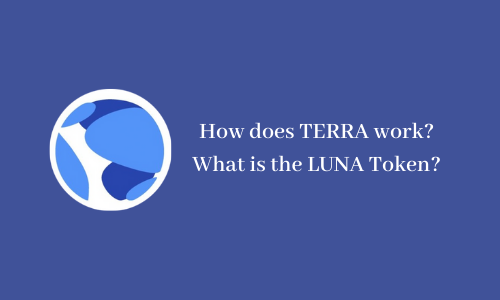

%20Work.png)
Terra is a public blockchain protocol deploying a suite of algorithmic decentralized stablecoins which underpin a thriving ecosystem that brings DeFi to the masses.
This video explains how Terra's stability mechanism works, how Terra remains stable utilizing Luna as collateral which is the foundation that enables the scalability required for mass adoption.
Video - How Does Terra Work?
LUNA is the native staking token of the Terra network and is the foundational asset for the entire ecosystem.
LUNA has two core functions which are:
LUNA tokens are used for staking and mining stablecoins by burning, depending on the current rate of the cryptocurrency. Terra uses seigniorage, which provides flexibility thanks to algorithms.
Stablecoins in Terra are not backed by anything and are produced only when the equivalent amount of LUNA is burnt. This allows not only creating stablecoins but also hedging assets. For example, if the LUNA rate grows by 50% against the dollar, then 1.5 times more TerraUSD coins will be issued. Likewise, if the LUNA rate drops by 25%, then you can redeem more coins for UST.
For more detailed information, check out The Luna Token article and the Learn Terra website
Learn Terra was designed to be the go-to place for crypto enthusiasts to get started with Terra and to stay updated on every development related to the ecosystem.
Video - What is the LUNA token?
Luna is Terra’s native staking and governance token that accrues value with the expansion of the Terra economy.
Disclaimer: This article is provided for educational purposes only and not offered or intended to be used as legal, tax, investment, financial, or any other advice.
